Your old convection oven just ruined another batch of croissants, and you’re fed up. You’re not alone. But here’s the good news – you’re about to make a decision that will transform your bakery’s output, quality, and bottom line.
When you choose your next commercial baking oven, you’re not just buying equipment. You’re investing in your bakery’s future. And with prices from $150 to $30,00, you need to know exactly what you’re getting into.
Understanding Your Production Needs
Before you dive into oven specs and features, you need to get clear on your bakery’s real needs.
Take a look at your daily production numbers. What are you baking now? More importantly, where do you want these numbers to be in two years? You might outgrow your new oven sooner than you think if you only focus on today’s output.
Your product mix will shape your oven choice more than any sales pitch. Maybe your sourdough brings in 40% of your revenue. Or your Danish pastries sell out every morning by 9 AM. Each product needs specific baking conditions, and you’ll need an oven that delivers exactly what your signature items demand.
You also need to consider your space and power supply. That dream oven won’t help if it doesn’t fit your kitchen or if your electrical system can’t handle it. Measure your space twice – width, depth, and height. Check your power supply capacity. You don’t want surprises during installation.
Convection Ovens: Your Daily Workhorse
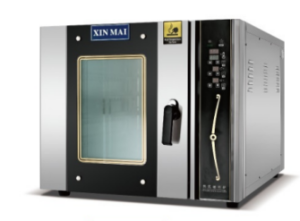
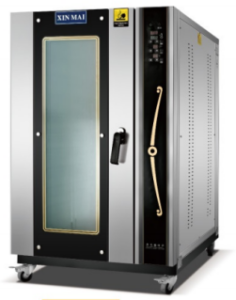
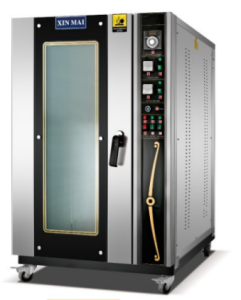
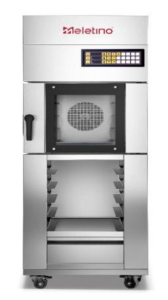
When you’re eyeing a convection oven, you’re looking at the most versatile option in the market. These ovens work hard for you – handling everything from delicate pastries to hearty breads.
At $750-$4000, they’re your entry point into professional baking. But don’t let that price range fool you. A well-chosen convection oven can meet 80% of your baking needs if you’re running a mixed-product bakery.
Want the real scoop? Your convection oven will give you:
- Even baking across multiple shelves (when you need those 200 muffins done perfectly)
- Quick heat recovery between batches
- Lower energy bills compared to deck ovens
- Flexibility to adjust fan speeds for different products
But you need to know the downsides too. Your artisan breads won’t get that perfect crust. Your delicate pastries might dry out if you’re not careful with fan speeds. And if you’re planning to focus heavily on artisan breads, you might want to keep reading about deck ovens.
Deck Ovens: Your Path to Artisan Excellence
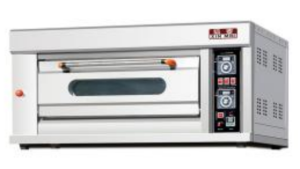
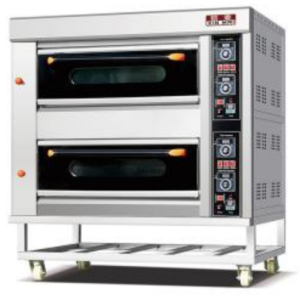
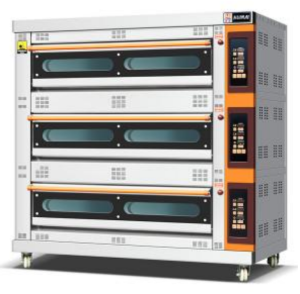
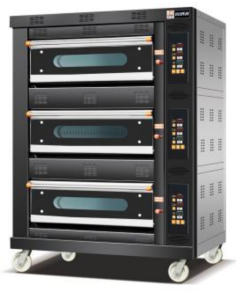
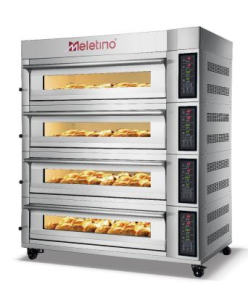
You’ll fall in love with a deck oven the moment you see your first perfectly crusted sourdough emerge from its chambers. At $700-$40,000, it’s a serious investment. But when your customers crack into that crispy baguette crust, you’ll know it’s worth every penny.
The stone deck beneath your loaves recreates the traditional hearth-baking environment. Your breads develop that professional shine, perfect crust, and the kind of oven spring that makes other bakers jealous. And because you control each deck independently, you’re running different products at their ideal temperatures.
Yet there’s something you need to understand: Your deck oven demands attention. You’ll need to master temperature management, steam timing, and loading techniques. Consider this your gateway to bakery mastery, not just another equipment purchase.
Rack Ovens: When You’re Ready to Scale
Your business is growing, and those 50 loaves a day won’t cut it anymore. Now you’re talking hundreds, and your rack oven becomes your best friend. Think about rolling in entire racks of products at once – no more shuffling trays around.
The beauty of your rack oven lies in its consistency. Load up 20 shelves of croissants, set your program, and each one comes out identical. You’re saving time, reducing labor costs, and maintaining quality across larger batches.
Combination Ovens: Flexibility Meets Efficiency
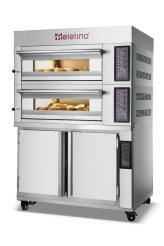
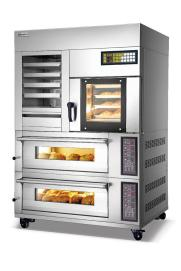
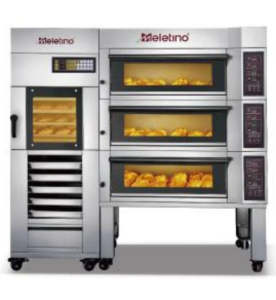
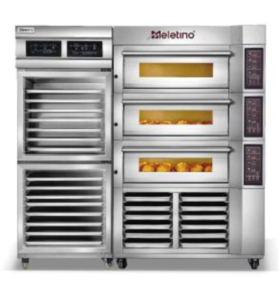
You want it all – the versatility of convection, the steam of a deck oven, and the consistency of digital controls. Your combination oven delivers exactly that. At $2000-$3000, it’s your most expensive option, but also your most adaptable.
Think about switching from bagels to pastries to bread without changing ovens. Your combination oven handles the transitions smoothly, giving you precise control over heat, steam, and airflow for each product. You’re essentially getting three ovens in one footprint.
The catch? You’ll need to invest time in training. Your team needs to understand multiple cooking methods, digital programming, and maintenance procedures. But once they master it, you’ll have the most flexible baking setup possible.
Making Your Decision: Practical Steps Forward
Your investment deserves careful consideration. Start by mapping out your typical production week. Calculate your hourly output needs during peak times. You’ll quickly see if that smaller oven will leave you scrambling during holiday rushes.
Remember your numbers:
- Initial cost ÷ monthly production capacity = your cost per unit
- Energy consumption × local rates = true running costs
- Installation + ventilation + electrical = real startup costs
Your space matters too. Map your kitchen layout carefully. You need room to load, unload, and maintain your oven without creating bottlenecks in your workflow.
Hidden Costs You Must Consider
Beyond your purchase price, factor in:
- Your power bill will likely increase by 20-30% with any new commercial oven
- Maintenance contracts run $1,200-$2,500 annually
- Emergency service calls cost $300-$500 each
- Installation might require electrical upgrades
Your Next Steps
Book test bakes at three different bakeries using your target ovens. Bring your own recipes. Watch how the oven performs during peak production times. Ask about energy bills, maintenance issues, and daily cleaning routines.
Get quotes from multiple suppliers. But don’t just compare prices – look at service coverage, parts availability, and emergency response times. A cheaper oven with poor service support will cost you more in the long run.
The Bottom Line
Your new commercial baking oven is a 10-15 year commitment. Take your time. Run your numbers. Test-drive your options. Your perfect oven matches your production style, space constraints, and growth plans.
